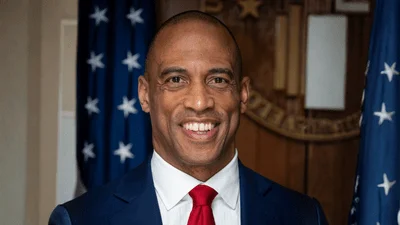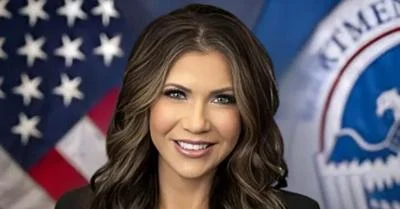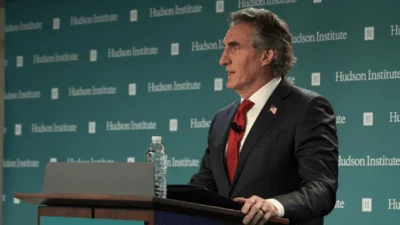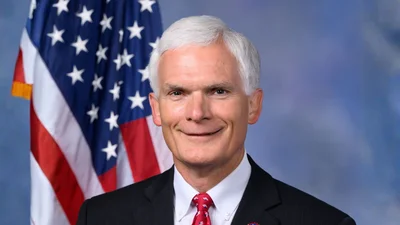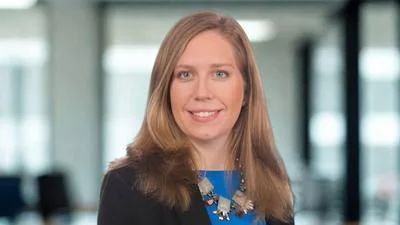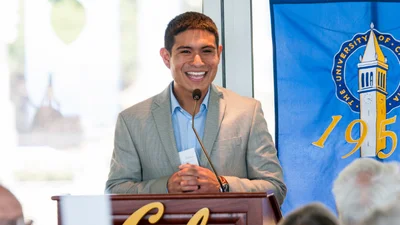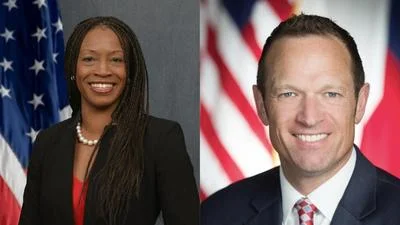State Representative Zohran Mamdani’s bid for New York City mayor shifts the city’s political center of gravity. He is promising what he describes as democratic socialism for more than 8 million residents, including rent freezes on one million rent-stabilized units, free bus fare for residents, five city-owned and subsidized grocery stores, city-wide free child care for families from infancy to pre-Kindergarten, $30 minimum wages, and the largest public housing construction plan in half a century. How will this vision be delivered?
The mechanics of governance in New York City are sobering. All of Mr. Mamdani's proposals are ambitious, and most are popular in a city where the economic inequalities are obvious. But every idea faces the same brick wall. New York City may be the largest and richest city in America, but it is not sovereign. Albany controls most of the legal levers Mr. Mamdani will need to pull—is he also promising that he can successfully manage this single-most critical challenge?
For example, the city’s Rent Guidelines Board sets rental rates, but any permanent freeze would require legislative change. That means the State Legislature—particularly its centrist Democrats—and the governor must go along. The real estate lobby’s influence in Albany is enormous. Does Mr. Mamdani not expect his rent freeze proposal to meet swift and aggressive resistance? Or is he promising he can persuade these opponents?
In addition, creating a new “Social Housing Authority” to build 200,000 units will need bonding powers, land acquisition tools, and zoning flexibility—none of which NYC can unilaterally authorize. Enabling legislation from Albany will be required, where public housing expansion has been viewed skeptically for decades. Even sympathetic state legislators are wary of the $30–50 billion price tag his program will entail. Will he deliver on his plan anyway?
The same is true even for Mr. Mamdani’s free-buses plan. The Mass Transit Authority, which operates the city’s buses, is a state-controlled authority. Eliminating fares—estimated to cost $600–700 million annually—will require either the MTA’s cooperation, which is currently unlikely, or state legislative changes. Suburban and upstate lawmakers have traditionally opposed programs that benefit only NYC while consuming shared transit revenue. What is Mr. Mamdani's strategy to prevail over these barriers?
His plans for free early-childhood care will be constrained by a patchwork of city and state agencies. While New York City has made strides under previous mayors, fully-universal child care—especially care for infants—will need to be aligned with state-administered subsidies. Again, this requires buy-in from Albany and even federal cooperation. Can Mr. Mamdani ensure the Trump Administration will go along?
Mr. Mamdani also cannot enact a $30/hour citywide pay rate without state authorization to exceed the state’s rules. That would require Albany to grant New York City unique authority—a move the governor and suburban Democrats have consistently resisted for fear of setting a precedent.
And the city cannot raise income or corporate taxes on its own. Any surtaxes on millionaires or corporations Mr. Mamdani has proposed will need to pass the State Legislature, where tax hikes have repeatedly stalled, even when the state faced historic deficits. Governor Hochul has avoided committing to help on the issue, and state lawmakers have shown no interest in antagonizing Wall Street or wealthy donors. Does Mr. Mamdani have a plan to change the minds of these leaders?
If state cooperation fails, Mr. Mamdani has only two options. He can cut existing city programs or raise revenue inside city limits. According to his campaign, he will require $10–12 billion for social housing, $600–700 million annually for fare-free transit, $2–3 billion annually for his new child care services, $500+ million to implement a phased wage support system for city contractors and small businesses, $65 million for proposed transgender healthcare services, and roughly $1 billion for new agencies and procurement systems to make it all work.
His plans total $15–20 billion in new annual spending, on top of the city’s $110 billion annual budget. If he cannot raise taxes—and only Albany will make that decision—then funding the Mamdani Miracle will require reallocations. That could mean cuts to NYPD programs that are currently working, and cuts to public works and infrastructure funding, including for sanitation, transportation, and libraries. More realistically, the Mamdani plan will rely on debt and bond financing. Will he confirm this is true and explain how it will work?
This doesn’t mean Mr. Mamdani is unserious. He is an unapologetic progressive in a city tired of centrism. His campaign has energized disaffected voters, especially renters, immigrants, and low-wage workers. But political creativity is not the same as governing viability.
The vast majority of Mr. Mamdani’s promises will live or die in Albany. Unless he can broker unprecedented alliances, flip state senate moderates, and win over a governor with no ideological loyalty to his project, his platform is going to result in disillusionment. His grand vision is only half-way developed. Will he develop and explain the more difficult half that will make it real?
If New Yorkers believe they are voting for transformation, they should know how steep the climb will be. Mr. Mamdani’s policies challenge entrenched power. But the power he’s challenging holds most of the keys. Whether voters see Mr. Mamdani’s platform as noble idealism worth supporting or youthful preening to be questioned will define his campaign—and, potentially, the future of progressive politics in New York.
Who wouldn’t vote for his vision? But what happens if it is only a vision?

